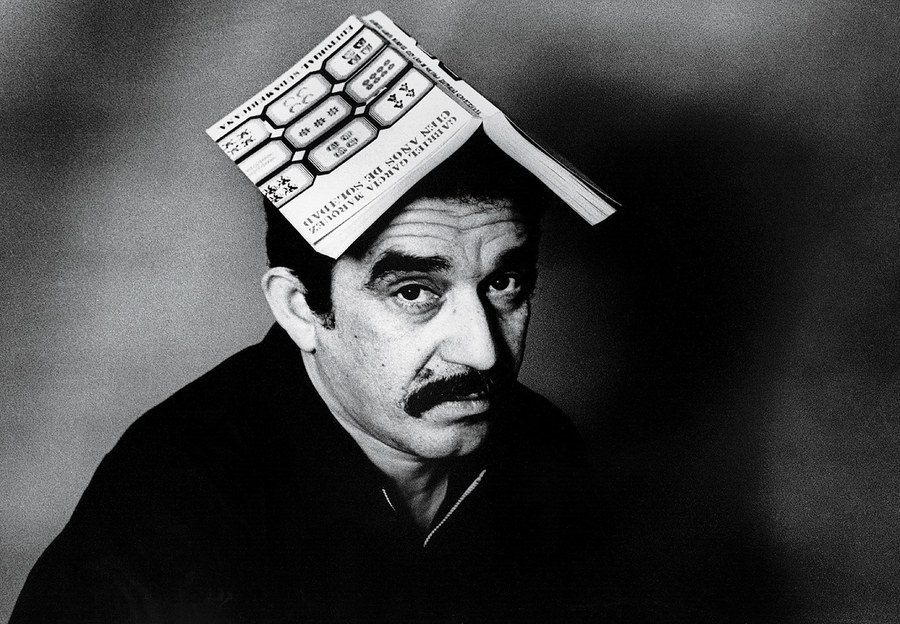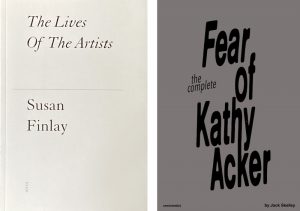Published five decades ago, Gabriel García Márquez’s 1967 novel was a landmark achievement for Latin American literature, but what makes it a classic?

“Many years later, as he faced the firing squad, Colonel Aureliano Buendía was to remember that distant afternoon when his father took him to discover ice,” begins Gabriel García Márquez’s magnum opus, One Hundred Years of Solitude. Set in the fictional town of Macondo, the first novel written by Latin America’s literary godfather tells the story of seven generations of the Buendía family who, over the course of a century, witness natural disasters, civil wars and magical events. When the novel was published in 1967, it wasn’t immediately recognised for its groundbreaking style of storytelling, but with time, it went on to bring Latin American literature to readers around the world. In doing so, it paved the way for Marquez’s Nobel Prize in 1982.
Today, UNESCO lists One Hundred Years of Solitude as the third most translated book in Spanish, and it remains a favourite novel of politicians, celebrities and academics alike. Indeed, over the course of its lifetime the book has acquired, unusually for something written so recently, the kind of era-defining status reserved for literary classics like Great Expectations, War and Peace and The Great Gatsby. Writing for the National Observer, William Kennedy called it “the first piece of literature since the Book of Genesis that should be required reading for the entire human race.” The book has now sold over 45 million copies.
One of the main reasons for its unexpected success is, perhaps, García Márquez’s use of the magical realist genre – a writing style that was gaining traction in Latin America during the 60s, but was exported around the world thanks to One Hundred Years Of Solitude itself. García Márquez claimed that he based his style on the way his grandmother told him stories as a boy. “She told things that sounded supernatural and fantastic, but she told them with complete naturalness,” he said. In the same way, the novel throws ghosts, man-pig hybrids, biblical weather patterns and flying carpets into a real-world setting, while treating them with an implacable seriousness that makes them almost believable.
The book can also read as a sexy, fabulist re-telling of Colombia’s checkered history, from its foundation, through to its bloodshed and later emergence as a modern nation. It’s maybe because of this that certain scholars have referred to the book to be a work of anthropology – a study of human society and culture – except one where fiction and reality are almost indistinguishable.
Early on, the book, like so many others before it, was met with a few famous detractors. The overlord of Mexican poetry, and fellow Nobel Prize winner, Octavio Paz, called the book “watery poetry”, while the writer Anthony Burgess said that it wasn’t a touch on other late-20th century writers such as Nabokov or Borges. But, if anything, critics only propelled the novel’s meteoric rise to classic status.
García Márquez’s instant celebrity only added to the momentum. The popularity he earned through the novel allowed him to act as a middle man in negotiations between the Colombian government and the guerrilla fighters. His fame even led to him rubbing shoulders with Fidel Castro, and using his then global voice to speak out against the injustices of US imperialism, both of which contributed to his being denied a visa to the United States. Still, he once again triumphed through his work and his travel ban was eventually lifted by Bill Clinton, who has incidentally named One Hundred Years Of Solitude as his favourite book.




